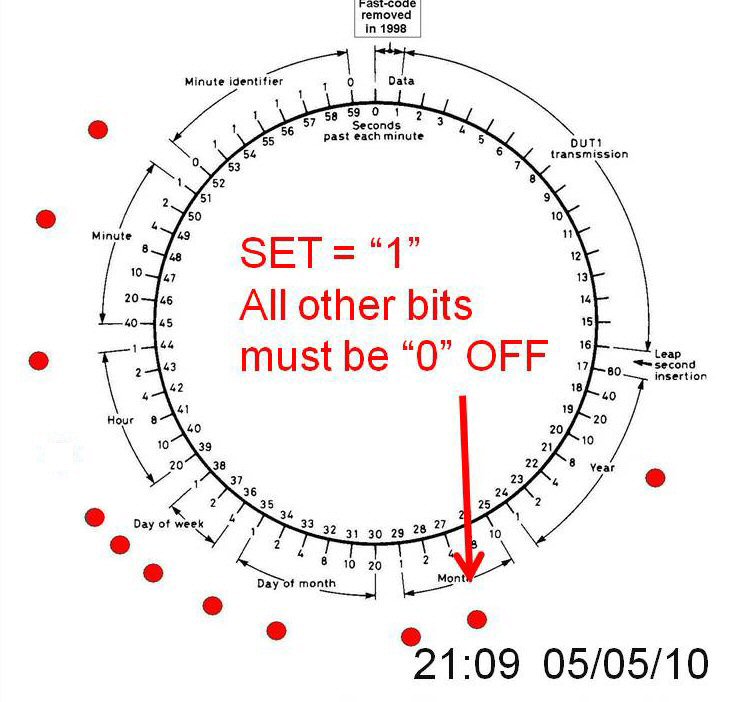Fig. 1 Summary of the five possible CW signals sent every second on the 60 kHz MSF transmission by dropping the carrier. The time code is built up using a two bit slow code (bit A and bit B).

THE CREATIVE SCIENCE CENTRE
home | diary | whats on | CSC summary | latest news